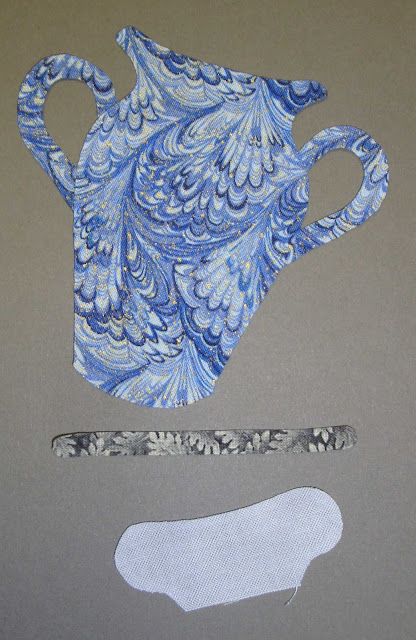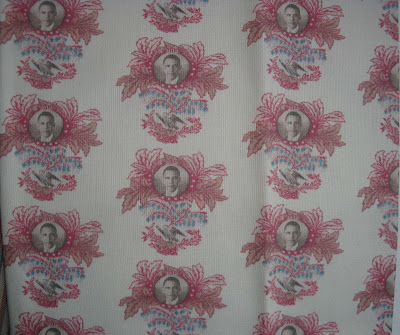Block #10 of "Baltimore Rhapsody" is the flute block, the third of four central woodwinds in an orchestra and the only one in which the tone is not produced using a vibrating reed. Flutes are considered to be in the whistle family, which can be traced back to stone-aged man. Ancient man made flutes from what was at hand - bone, wood, clay. Early instruments had no holes, therefore only played a single tone. As holes were added, it was possible to play tunes.
The sound is produced by blowing air over the hole in the mouthpiece end of the instrument. The flute is about 2 feet long and sounds the lowest tone when all the holes are covered...as the holes are uncovered, the tone gets higher and higher.
The flute, along with its close cousin, the recorder, have long been considered "pastoral" instruments - the slender shape makes it a convenient and easy choice for shepherds. They would fill the countless hours with their flocks carving and playing simple flutes and recorders.
One odd member of the flute family associated with indigenous people of Hawaii and southeast Pacific areas is the nose flute. Yep...it is played by blowing air out one nostril into the instrument while the remaining nostril is held closed. No comment.
Flutes appeared in European orchestras in the early 1600's. They were the natural choice for both sweet, calm melodies and acrobatic, active parts. They are often used to represent the sound of bird song.
Orchestras typically have three flutes, with the third one switching back and forth between playing flute and piccolo, the smallest, highest member of the flute family.
In addition to the orchestra, the versatile flute can be found in woodwind quintets (with oboe, clarinet, bassoon and French horn), concert bands, and as solo instruments in pop, folk, jazz, rock, and church music. If you love traditional marches, like those written by John Phillip Sousa, you have heard the bright trill of the piccolo.
"Baltimore Rhapsody" is a collection of instrument patterns that I am drawing/designing. Each block finishes 15 inches and is designed in the Baltimore album style. The patterns will be sold individually so that the quiltmaker can assemble the "band" of his or her choice.
I am focusing on the orchestral instruments first and am now trying to decide whether this quilt will contain 16 or 20 blocks...probably 16. Then I will add folk, church, and jazz instrument blocks in addition to a few surprises.
My thoughts and prayers are with those of you on the East coast, anticipating the arrival of Hurricane Sandy.
In stitches,
Teresa :o)
































































